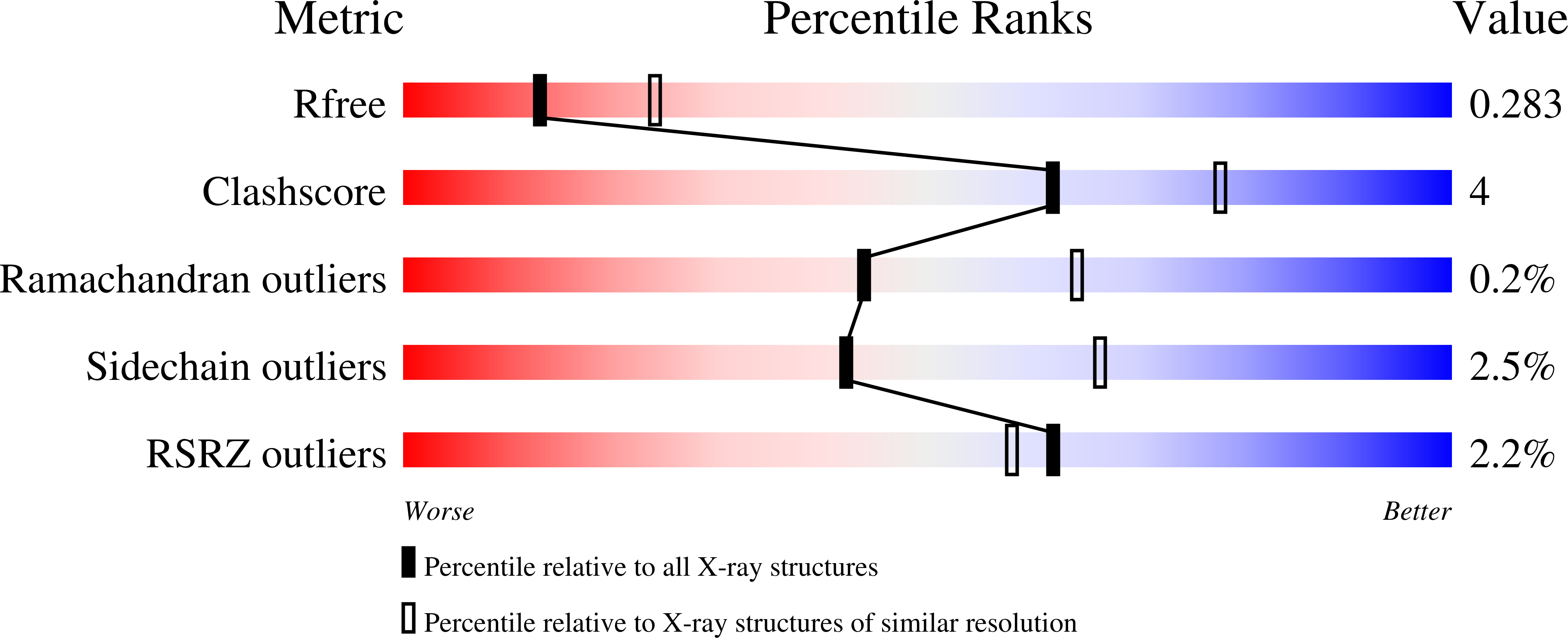
Deposition Date
2023-11-23
Release Date
2024-12-04
Last Version Date
2025-03-05
Entry Detail
PDB ID:
8R72
Keywords:
Title:
Polysaccharide lyase BtPL33HA (BT4410) Y291A with HA dp4 collected at 1.33 A
Biological Source:
Source Organism:
Bacteroides thetaiotaomicron VPI-5482 (Taxon ID: 226186)
Host Organism:
Method Details:
Experimental Method:
Resolution:
2.58 Å
R-Value Free:
0.28
R-Value Work:
0.21
Space Group:
P 21 21 21


